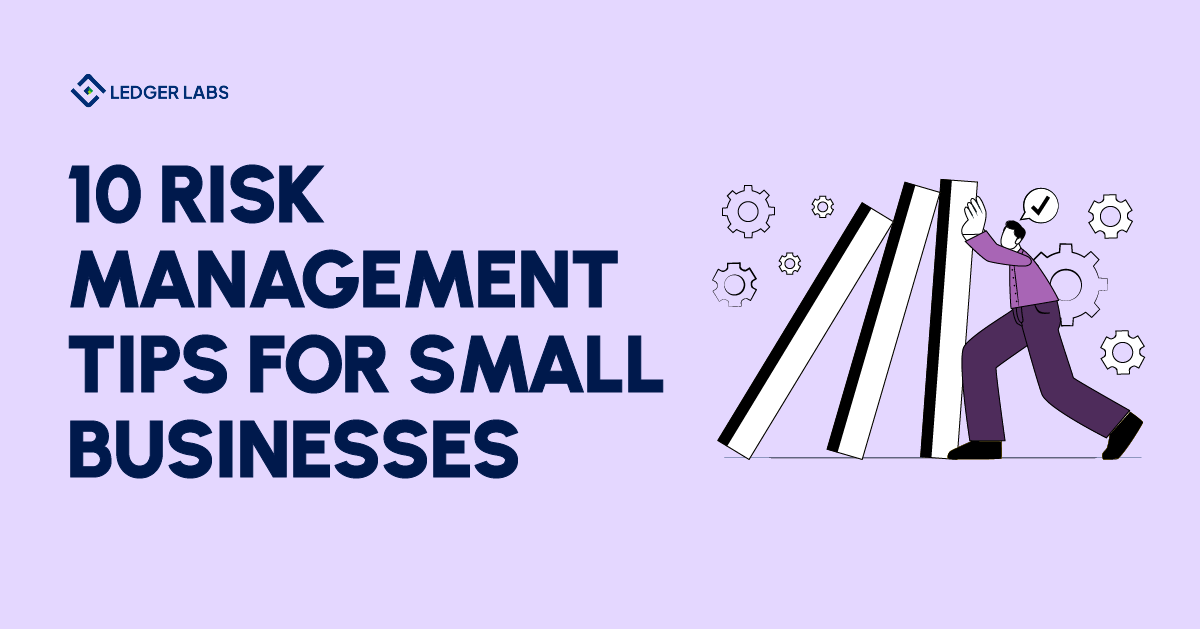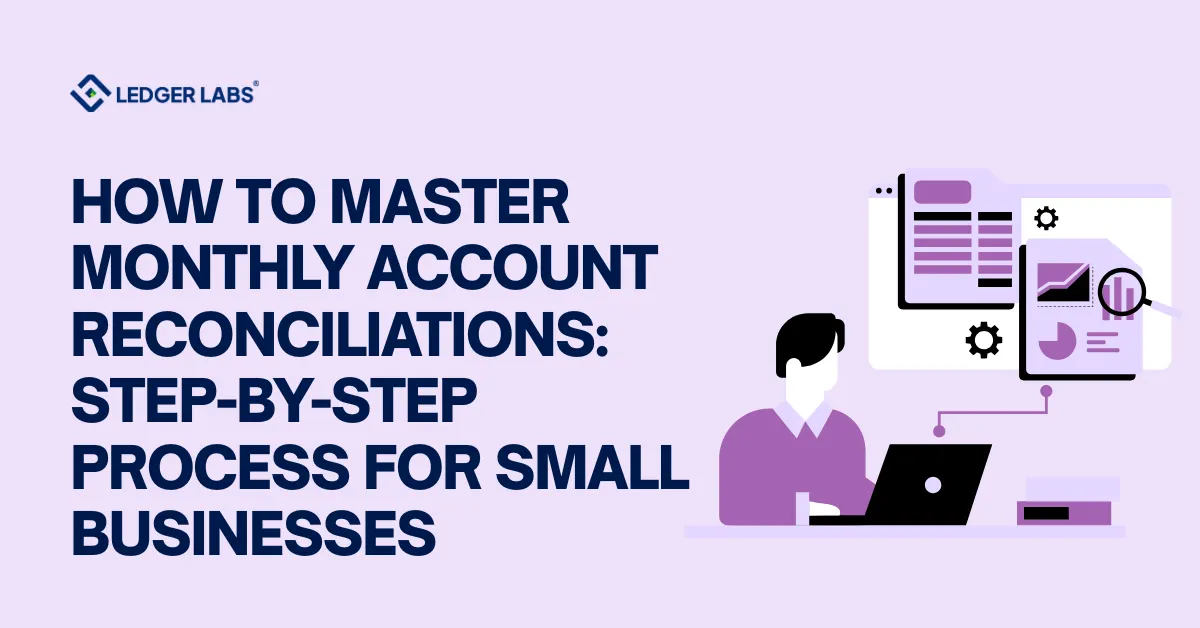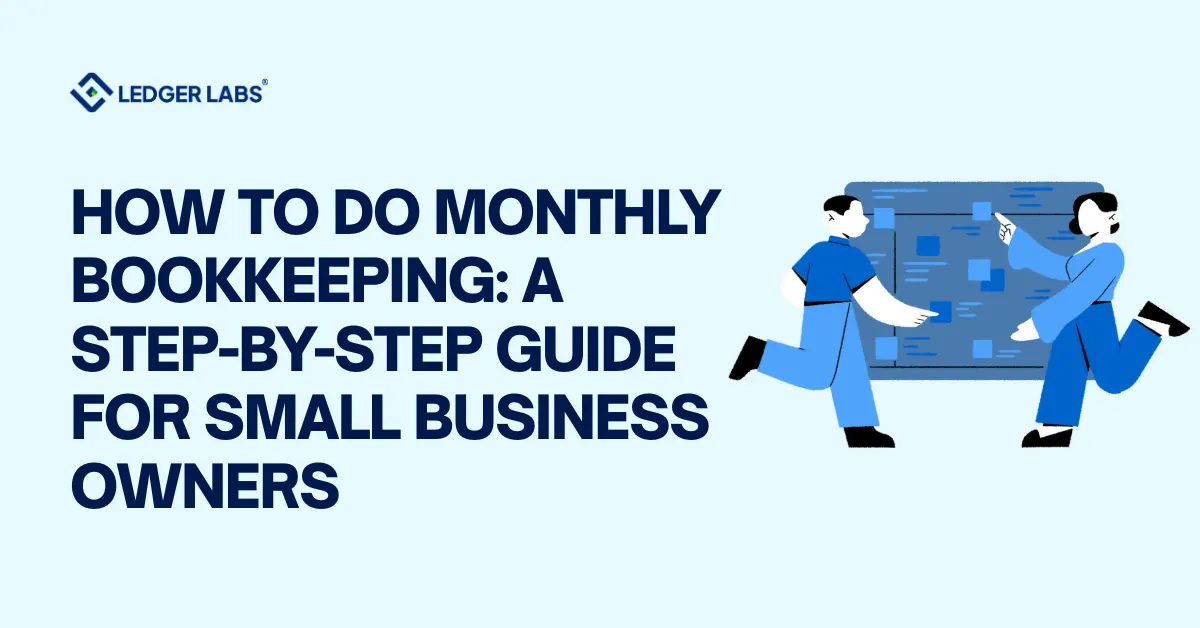1. Effective risk management enhances decision-making by identifying, assessing, and mitigating potential threats, ensuring business resilience and operational continuity.
2. Systematic approaches to risk management reduce financial losses and compliance violations by over 30%, strengthening an organization’s market reputation and customer trust.
3. Businesses with robust risk management frameworks experience 25% fewer project failures due to proactive identification and mitigation of operational risks.
With market trends constantly changing shape and industries making a shift in pattern – uncertainty is always on top of the ladder.
That said, every small business owner experiences their fair share of pitfalls, whether through financial upheaval, market competition, or operational challenges.
As a matter of fact, businesses that saw their profits drop by as much as 87% were forced to close during the COVID-19 pandemic.
Clearly, nobody forecasted a looming pandemic in the face of the market, yet it happened and created a major emergency worldwide. That goes to remind us, were you prepared for something similar? Did you have a strategy in place to respond to severe crises like a pandemic?
If not, it is time to reconsider. The COVID-19 pandemic is a stark reminder of how outside factors can cause severe chaos within business structures. It has shown us the value of planning ahead and putting a solid risk management strategy in place.
With that in mind, we have curated a list of 10 risk management tips that can help small business owners plan ahead of time to face future obstacles head-on. But before that, let’s understand what risk management means.
What is Risk Management?
If you ask us about risk management definition, then it is basically the process of identifying, assessing, and taking action to address possible threats that can jeopardize your business. More so, it is about preparing for the unknown and reducing the probability of damage as much as possible.
In simple words, it is about not waiting for the bad things to happen to your business. Instead, it is about predicting the potential issues head-on and taking the right steps to avoid or, at least, lessen them in size.
The goal? To ensure your business knows its vulnerabilities and takes action before anyone is impacted. Now, that brings us to the next question, why is it even important?
Importance of Risk Management for Small Businesses
There are several reasons why risk management can be integral for your business plan. Here are some of the top ones:
- Avoiding costly mistakes early: Being prepared means you can avoid expensive mistakes and make wise decisions early on. Risk management allows you to recognize and monitor potential threats that can jeopardize your business.
- Reducing abrupt financial blow: There are several types of risks that can have a severe impact on your finances. Taking necessary measures, including but not limited to a disaster recovery plan or insurance, can help mitigate the financial blow in case a risk goes to become a reality.
- Responding to sudden change of events: Operational continuity is just as integral. Undeniably, unexpected events can always have the power to disrupt your daily operations. That is why several small businesses formulate a risk management plan to keep their businesses up and running during abrupt change of events.
- Seen as a green flag by stakeholders: Companies who show a dedication to drafting a risk management plan are viewed favorably by lenders, investors, and partners. It shows your maturity and readiness for unforeseen events.
These are just a few handful of the many more important aspects associated with managing risks. That being said, let’s have a look at the top risk management tips to keep your business afloat.
Have questions regarding risk management
Consult our expert accountants!
10 Risk Management Tips for Small Businesses
1. Assess your Risks Effectively
The first step is usually to understand what your risks are. Sit down with all team members and brainstorm potential threats your business may face. This is where you can consider everything, from security breaches to legal problems and natural disasters.
After you have understood your risks, start looking at the likelihood of each risk that may take place and its impact radius on your business. In this phase, focus on minimizing the high-impact risks first.
Moreover, move on to classifying your identified risks into multiple categories. This can include economic downturns, supply chain disruptions, and negative publicity, among many others.
2. Have a Risk Management Plan
This is where you need to describe what you want to obtain with the now established risk management plan.
Are you mitigating financial losses, protecting your business reputation, or simply guaranteeing business continuity? Having a clear view is always better to avoid confusion later in the day.
Once done, move on and assign clear roles within your team. Now, when we say that, it means you should ask questions like these:
- a) Who is going to identify the risks?
- b)Who is responsible for developing the mitigation strategies?
- c) Which team member will be responsible for what task?
When you have a list of identified risks, start drafting a plan to address it. The plan should be quite elaborate and cover all aspects of the recognized risks. For instance, make sure it covers these parts very well:
- a) Risk avoidance [avoiding the risk completely]
- b) Risk mitigation [reducing its impact]
- c) Risk transfer [shifting it through insurance]
- d) Risk retention [acknowledging it and having a plan to respond to it]
At the end, have a backup plan ready for situations that may go way out of control.
3. Adopt Financial Risk Management Strategies
When you have a well-structured, enhanced financial record, you can identify potential risks way ahead of time and draft a plan to respond to any crisis. In fact, always have a realistic budget and execute strategies to tackle your cash flow in a more controlled manner. Once you practice it over time, you can recognize possible bottlenecks and have a strategy for unanticipated financial challenges ahead of time.
That’s not all. Always make sure you have the right insurance coverage in hand. It can help you transfer your immediate financial risks to the insurer. This is where you have to weigh your needs against the assessments you have made so far. In simple words, review your insurance needs and have coverage for any possible liabilities that may come along the way.
4. Ask Yourself the Right Questions
There are several types of questions business owners need to ask themselves before making a decision. For example,
- a) What are the opportunity costs and risk implications of not taking a certain action?
- b) How can we mitigate both of them, if required?
- c) What is the worst case scenario that may take place?
- d) What outcomes may we see for ourselves?
A lot of things become clearer when you start with the right questions. That being said, let’s move on to the next point.
5. Avoid Operational Risks
In this case, you need to implement a lot of things, including workplace safety, quality control measures, and data security systems.
Let’s start right at the beginning. As a small business owner, make sure you are implementing safety protocols and consistent employee training. This can help create a safe and sound work environment that will reduce accidents and injuries.
Plus, don’t forget to implement the right quality control measures because it helps lay the foundation of your business. In other words, define clear quality standards for all your services and goods. In fact, it should be a constant habit to monitor and revamp your processes to make sure everything is impeccable, from A to Z.
In addition to all of it, make sure you protect your data and IT systems with powerful and updated security software, firewalls, and passwords. If you didn’t know, more than 700,000 attacks against small businesses occurred in 2020 alone, resulting in damages exceeding $2.8 billion. That goes to prove how important safety measures can be.
Ensuring the security and safety of employees is just as important as protecting the business itself. A workplace that prioritizes safety builds trust, reduces risks, and strengthens operational continuity. One of the most effective ways to achieve this is by implementing an Access Control System. By restricting unauthorized entry and monitoring sensitive zones, businesses can prevent internal and external threats while creating a safer environment for employees. Beyond security, access control also helps streamline operations by tracking activity, ensuring compliance, and providing valuable insights that empower business leaders to make smarter decisions about risk management.
6. Handling Legal and Compliance Risks
This is actually one of the most overlooked yet highly significant areas of all the points we have discussed till now.
As per Thomson Reuters, three out of five corporate risk and compliance experts have full confidence in their ability to address compliance risks. Are you among them? If not, you are risking your business. In simple words, you need to be informed about the laws and regulations that are applicable to the industry you are in. Often, it is best to have a word with legal professionals to ensure you are compliant throughout.
Moreover, start implementing the necessary policies and methods to guide employee behavior. This can help you make sure all regulations are followed.
7. Improve Human Resource Risk Management
This is just as important as any other risk management plan you have in mind. Make sure you are hiring qualified and dependable employees. You need to ensure they receive best in class training so that they clearly understand their responsibilities and company policies.
In addition, always have open and transparent communication with your employees. This can be a major help in breeding trust and encouraging constant employee feedback. Last but not least, establish an efficient process to tackle employee grievances and conflicts head-on that could otherwise lead to much bigger issues.
8. Manage Supply Chain Risks Effectively
Are you solely relying on a single supplier for the delivery of indispensable materials or components? You are making a huge mistake. The hack here is to diversify your supply chain risks effectively. In other words, build relationships with several suppliers to reduce the risks associated with unpredictable disruptions caused by one source.
In fact, foster a very positive relationship with the suppliers you currently house. The reason is pretty simple. With better relationships, there is always room for better communication during uncertain, tough times.
Consecutively, always have a ready-to-go sourcing option or safety stock to slash the impact of looming supply chain disruptions.
9. Comprehend the Probabilities you are Facing
As a small business owner who may or may not be getting started with risk management, you should have the mindset that measures the odds of different outcomes. Every day, in your business, you face decisions – big or small – that often come with their own risk-reward ratio.
A smart leader is able to weigh these variables, take into account the likelihood of particular outcomes, and select the course of action that best fits their circumstances. At times, you can go with a riskier choice and on other days, you can end up choosing the “safer” road. Either way, you need to understand the likelihood of more than one scenario to make more sound decisions.
10. Continuous Monitoring and Review
This is the very base of the strongest risk management strategy. Without fail, regularly assess how effective your risk management plan is. Ask yourself, “Is it still relevant enough to the ongoing business operations against outside factors?” This stage is all about making sure whether your plan can still be used as fresh.
Having said that, you should always update your risk management plan as your business keeps evolving in response to market changes. With this game plan, you can easily pinpoint “new” risks and help adjust your risk management plan as required.
Moving along, make sure you are closely analyzing past incidents and close calls to recognize improvements in your approach. This learning curve can be incredibly helpful to fortify your strategies for the future.
There you go. These are all the 10 risk management tips for small business owners. If you implemented these, it would automatically cut in half the amount of work required to identify risks in a short amount of time. So go ahead! If you still haven’t refined your approach, this is the time to do it – now in the right way.
This makes us remember one of the most integral questions, “How can we even handle these crises within the organization?”. Here’s your answer.
How to Handle Crises Within an Organization?
What would you do if you encountered a major crisis right now, in the moment? How are you going to respond to its face? Knowing tips and hacks is one thing, but implementing them is what makes it harder. So, without any further ado, let’s get to the point.
- Developing a crisis response plan: Draft a detailed, intricate crisis response plan that addresses response methods, communication policies, and responsibilities for team members. To add to it, make sure everyone in the team knows the crisis well and works together until it is calmed down.
- Conducting regular drills and simulations: Regardless of how it sounds, always rehearse your crisis response plan through consistent drills and simulations. This can be a huge help in ways you cannot imagine. It will ensure everyone on the team reacts the same way as they should in a real-world crisis.
- Communicating effectively during a crisis: There is absolutely no doubt how important transparent communication is, especially during a major upheaval or crisis. This is where you would need a designated spokesperson to open a clear communication channel with stakeholders to keep them posted.
Also Read: Credit Risk Management
In Summing up
As you know already, there’s no way a business exists without risks. But, the best way to handle that risk is to plan for it. The plan you make does not have to be too big. However, you should have some sort of backup in mind.
For instance, when you introduce a new product to your consumer base, it automatically harbors inherent risks, including but not limited to customer acceptance and industry demand. But, it is possible to mitigate and plan strategically when these risks are evaluated in advance. The plan you make should consider all risk scenarios, their impact on your business, the ways to counter them, and how to return the circumstances to normal.
That’s about it. Whatever the scenario, always have a plan in mind to safeguard your business from the threat of external factors. If you still need more strategies “just in case”, we can help. Get in touch with our team of accounting and bookkeeping experts who have the right experience to help you now!












